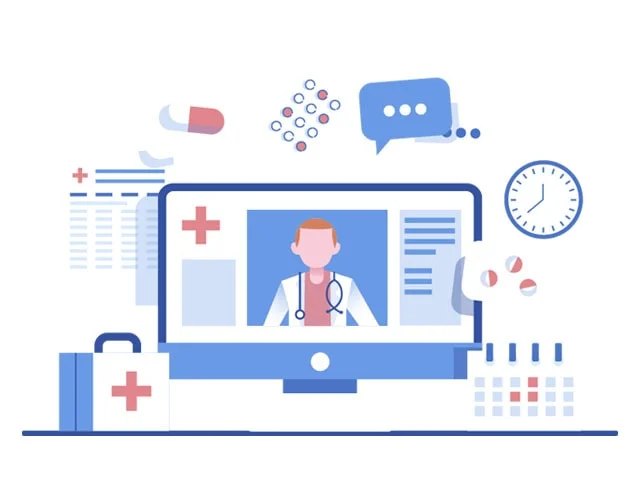Job Demands Analysis Occupational Therapy
A job demands analysis is a structured way to determine the specific environmental, physical, and psychosocial requirements of a particular job. The information used in this analysis is gathered through methods like observation, interviews, and measurement with both supervisors and prospective employees. Job demands analysis in occupational therapy requires a thorough examination and comparison of information to determine essential responsibilities, tasks, and duties to facilitate the best selection and recruitment practices.
Occupational therapy assessment and support is focused on improving the lives of individuals who are recovering from any disability or coping with a chronic, long-term condition. The objective is to help them obtain the capacities and skills to live and work as independently as possible. Job demands analysis in occupational therapy is conducted across many different healthcare and therapeutic requirements, covering areas like behaviour management, driving, seating and wheelchair prescription, assistive technology, and ergonomics.
Essential job demands analysis occupational therapy assessment can be easier and streamlined with a cloud case management software like iinsight®.

How a case management solution helps
- Job demands analysis is used to:
- Develop appropriate protocols for return to work assessments and pre-placement assessments.
- Create sufficient and effective return-to-work plans.
- Serve as a guide for the treatment during rehabilitation after an illness or injury.
- Enable the organisation to accommodate more employees.
- Provide a reliable source when matching a worker’s ability with job demands.
Job demands analysis in occupational therapy can help minimise incidents of injuries as a result of improper matching of abilities with certain jobs. It also supports the provision of the right rehabilitation and treatment programs and ensures sustained and timely return to work, which will benefit both the organisation and the employee.
Iinsight® supports your job demands analysis occupational therapy protocols and standards to ensure a more efficient way of managing employees and their needs. Job demands analysis can greatly benefit from a cloud-based case management software that will provide deeper insights to practitioners on the most critical areas of their practice while making sure that they are compliant with the ever-evolving industry standards and regulations on occupational therapy.
It’s time you use a versatile case management solution
If you are still using outdated and inefficient case management tools and methods—such as manually managing documents and spreadsheets—you could be falling behind on your job demands analysis.
iinsight® is your reliable case management software that can also support your occupational therapy practices. It is a device agnostic tool that can be accessed on any device that is connected to the internet. Thanks to its user-friendly and intuitive system, the platform enables efficient job demands analysis occupational therapy all around.

The first step to streamlining your occupational therapy and job demand analysis is to contact us to arrange a free 14-day trial or a demo of our cloud-based case management software. Our platform is available in Australia, UK, New Zealand, USA, Singapore, Ireland, and Canada.




